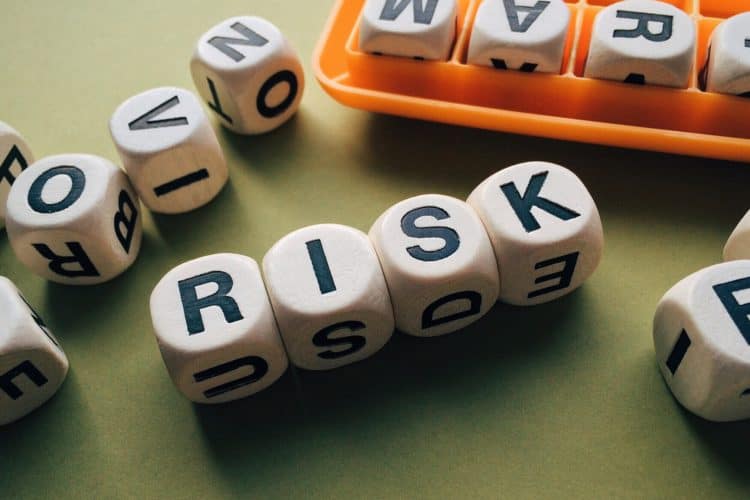More than a quarter of rated Asia Pacific (APAC) companies will be at risk under a downside scenario of a global recession and a more severe liquidity squeeze if the Russia-Ukraine war escalates, said Moody’s recently.
"A small number of rated companies face material credit pressure under our baseline scenario because of refinancing risks amid current market volatility,” noted Chris Park, a Moody's Associate Managing Director.
However, under a more severe downside scenario, more than 27% are vulnerable, particularly speculative-grade companies and those with limited balance-sheet buffers or exposed to a supply chain shock, he added.
The sensitivity of APAC corporate sectors to the fallout reflects three channels of risk transmission: a commodity price shock and supply disruptions; economic and financial disruption with the tightening of funding conditions; and security risks, Moody’s pointed out.
The credit implications for companies if the Russia-Ukraine war escalates depend on their direct exposure to each channel, and their capacity to mitigate shocks, the firm. added.
The homebuilding sector, in particular Chinese developers, remains vulnerable because of a prolonged liquidity squeeze, according to the credit rating agency.
In addition, many companies in the automotive, agriculture and retail sectors will face material risk under Moody's downside scenario, the firm said.
Meanwhile, basic commodity industries would stand to benefit from a supply shock, Moody’s predicted.
On a country basis, more than 30% of companies in China, Korea, Indonesia and India have significant risk exposures in the downside scenario, Moody’s said.
Refinancing risks, supply chain disruptions and high commodity prices are the main factors threatening these companies, the firm noted.
Most companies in Australia, New Zealand, Japan, Hong Kong and Singapore have a low risk exposure because a high percentage of them are investment-grade companies, which tend to be better equipped to absorb the fallout, Moody’s said, adding that most speculative-grade companies with weak liquidity, in contrast, face high risks.
About 62% of the 45 high-yield companies with the weakest speculative grade liquidity score (SGL-4) have a high risk exposure in the baseline scenario, primarily because they face elevated refinancing risks over the next 12-18 months, Moody’s observed.
Only four companies can manage their weak liquidity profiles without much difficulty under the downside scenario, the firm added.




